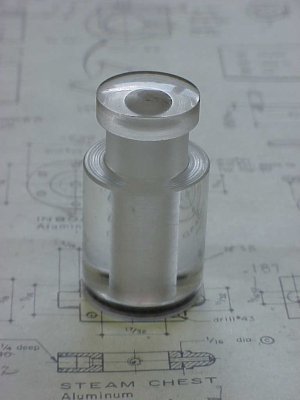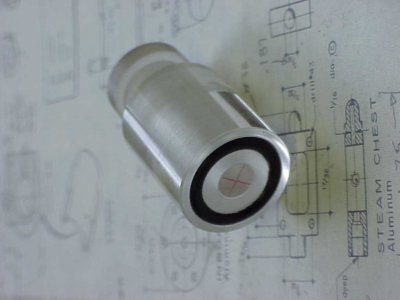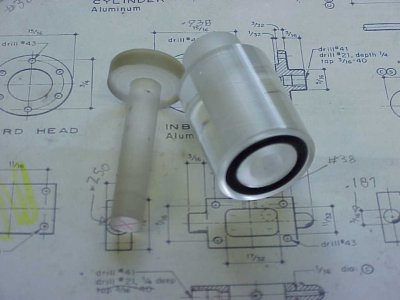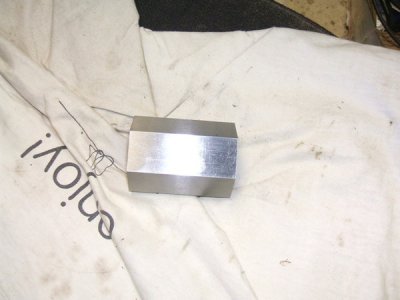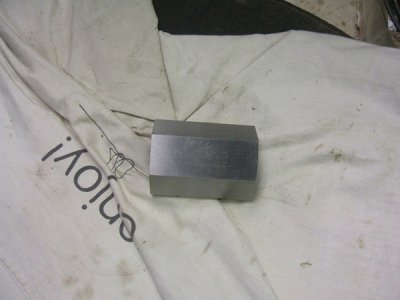We have asked people to show us their projects, but....there is a problem...how to take good, instructive photos of the projects.
So my question is, how do you guys take good, clear photos of your projects, i.e., what you make?
Thanks!
I rarely post but here goes. I have attached three photos of a center finder I made a couple of nights ago. These were taken with available light. The camera is an old Mavica F93 using floppy disks. Although I have new cameras I use this for jpegs. It focuses as close as 1 inch and though the resolution is is only about 1.5 megs the photos are suitable for web use. Focusing should be done with a magnifier. Often I just move back farther and use telephoto. Photos can be vastly improved with most any photo editing software. Please notice that I used a mechanical drawing as a backdrop. This is to give the illusion I know something about machining. Remember to believe nothing what you hear and be suspect of what you see. :>)
Regards, Les
